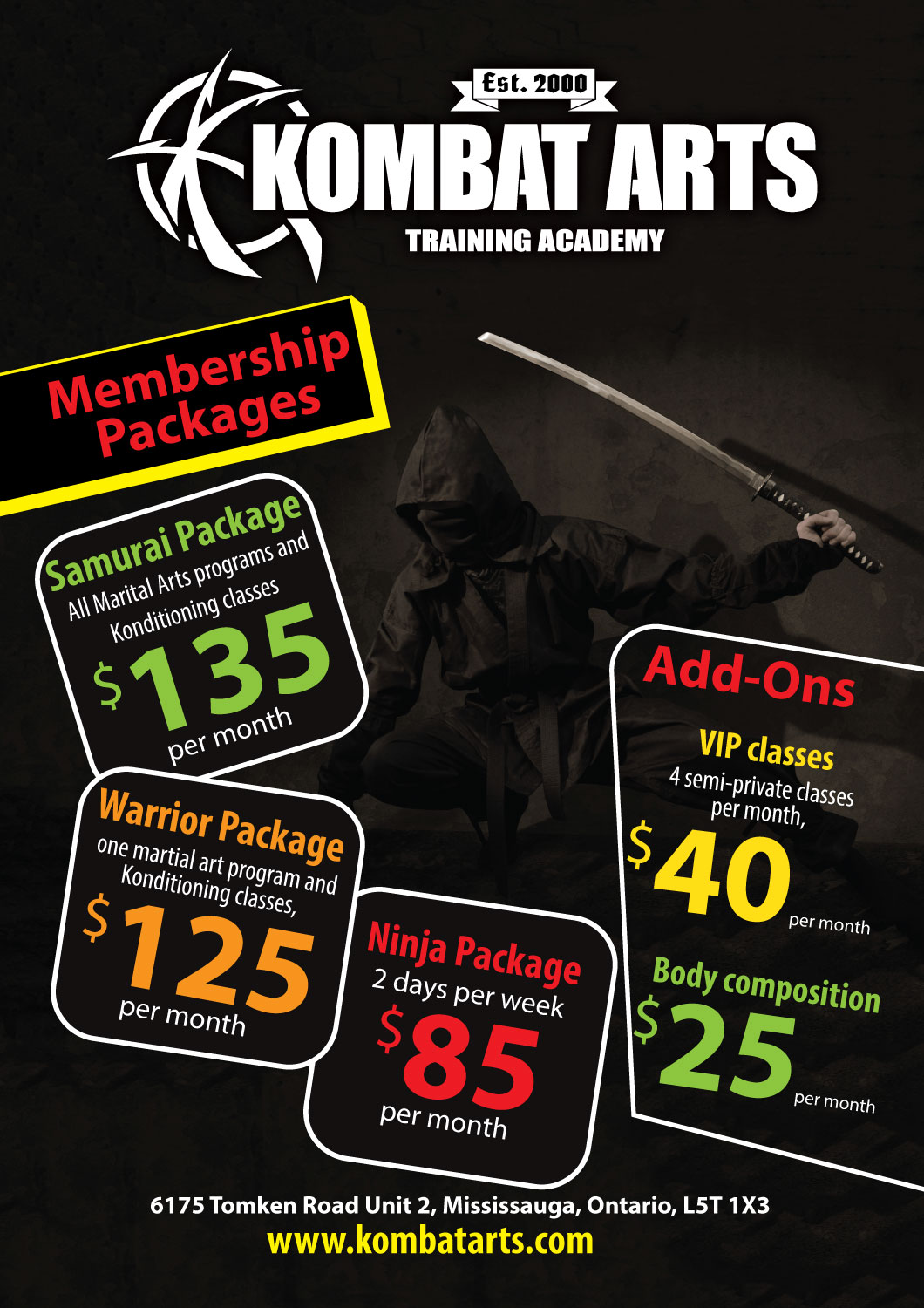The Principles And Importance Of Taekwondo Types
The Principles And Importance Of Taekwondo Types
Blog Article
Produced By-Payne Bradshaw
Did you recognize that there are over 20 various taekwondo types, each with its own unique sequence of movements and techniques? These types, likewise called poomsae, play a vital function in the method and development of taekwondo professionals.
But just what are these forms, and why are they so considerable? In this discussion, we will check out the basics of taekwondo forms, their origins, and the crucial elements that make them an integral part of this fighting style.
Whether you're a novice or a skilled professional, understanding the importance of taekwondo kinds will certainly strengthen your appreciation for this ancient practice and improve your trip towards mastery.
Beginnings and Development
The beginnings and advancement of Taekwondo can be mapped back to old martial arts practices in Korea. It was established over 2,000 years earlier and has actually since grown into a preferred and worldwide acknowledged sport.
Taekwondo was heavily affected by different Korean martial arts designs, such as Taekkyon and Subak, along with Chinese martial arts. It was at first made use of as a means of protection, yet gradually, it developed into a competitive sporting activity that concentrates on striking methods and high kicks.
In the 20th century, Taekwondo underwent a substantial improvement and was standard into its modern kind. The Korea Taekwondo Association played a crucial role in this procedure, assisting to establish rules, techniques, and develops that are still followed today.
Key Elements and Techniques
Currently let's discover the fundamental elements and methods of Taekwondo. To fully understand the key elements and strategies, it is very important to dive deeper into the complying with subtopics:
- Positions: Taekwondo emphasizes the proper use of stances, such as the front stance, back position, and steed stance. These stances give stability, balance, and power in carrying out different methods.
- Strikes and Kicks: Taekwondo is renowned for its effective and vibrant kicks, including the front kick, roundhouse kick, and side kick. Strikes, such as strikes and knifehand strikes, are likewise crucial methods in Taekwondo.
- Blocks and Protection: Reliable defense is essential in Taekwondo. Blocks, such as the high block and low block, are used to shield against inbound strikes. Proper timing and positioning are essential to successfully protecting oneself.
Advantages and Influence
One of the considerable advantages of exercising Taekwondo is the improvement of physical conditioning and overall well-being. By engaging in routine training sessions, you can boost your cardiovascular wellness, strength, flexibility, and endurance. Taekwondo involves a selection of activities that target various muscle groups, assisting you develop a strong and toned body.
Additionally, this martial art advertises mental well-being by decreasing tension and anxiousness levels. The technique and focus required in practicing Taekwondo can assist boost your concentration and boost your ability to take care of tough circumstances.
Additionally, the method of Taekwondo infuses a feeling of self-confidence, self-control, and self-control, which can favorably influence different locations of your life. Generally, exercising Taekwondo can result in a healthier and a lot more balanced way of life.
Verdict
So there you have it! will martial arts build muscle forms aren't simply mere regimens, but a representation of the rich history and development of this martial art. By grasping the key elements and methods, practitioners can enjoy many physical and mental advantages.
From raised flexibility and strength to boosted focus and technique, taekwondo forms have a lasting impact on those that exercise them.
So, whether martial arts belts 're a beginner or a skilled martial artist, embrace the power of these forms and let them take you on a trip with time.
